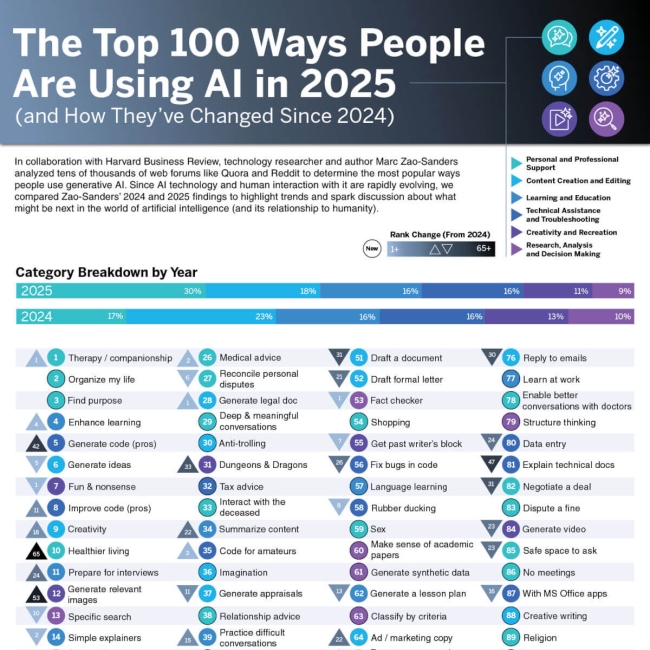I am excited to celebrate an amazing group of Experience Management professionals: The CX team at Softchoice, a World Wide Technology Company, and their ecosystem of stakeholders. Before we get into the details of what they did and how, let’s look at an example of the insight, actions, and impact they have had on their company:
This kind of impact doesn’t happen through solo (or siloed) efforts. Here are some of the heroes that made this happen:

We had the opportunity to spend time with Katie to learn about the great work happening at Softchoice. We’d like to share the behind the scenes efforts that brought this impact to life.
Insight
In 2020, responsiveness1 was the most cited topic amongst negative customer feedback for Softchoice. Across the business, customers were saying that a lack of timely and proactive communication was impacting their likelihood of doing business with Softchoice.
When the CX team learned this, they sought to better understand this data point through additional surveys and customer interviews. They found that responsiveness has a meaningful impact on the customer experience (measured via NPS) and customer purchasing behavior. And while it wasn’t a surprise to Softchoice leaders that responsiveness was an issue, they were stunned by the true cost of the problem.
But the CX team recognized that there was more work to be done to fully develop this insight. They needed to not only better understand the full scope of the problem, but also which customers were affected, what the root causes were, and what a solution might entail. To attain this information, the team:
- Worked with their stakeholders (e.g., Sales and Data Quality & Engineering) to define what responsiveness actually meant
- Interviewed account managers who received strong responsiveness ratings from customers to understand how they achieved them
- Collaborated with Softchoice’s CX Governance Council to identify system and process barriers to improving responsiveness
Action
Armed with this insight, teams across Softchoice took the following actions:
- Documented and shared best practices to improve responsiveness
- Communicated the importance of responsiveness company-wide
- Developed new enablement programs, such as training for accounts with lower responsiveness ratings
- Incorporated responsiveness into existing training programs, such as corporate onboarding and leadership development
- Set minimum responsiveness performance requirements for aspiring leaders
- Put in place progressive action plans for individuals who need extra coaching, in addition to broader coaching, accountability, and support from leaders
- Made “Impact on responsiveness” a consideration for prioritization on all IT projects
- Set responsiveness targets for Sales and Services, and created new dashboards to provide on-demand visibility into performance
- Made responsiveness a corporate Key Performance Indicator, reviewed bi-weekly by the senior leadership team alongside NPS performance
These changes required adjustments to employee behavior, which can make progress slow and difficult to track. The CX team addressed this by sending ongoing and consistent messaging out to the business, offering training sessions, and rallying around a single key metric. Further, they used the cross-functional CX Governance Council to inform, educate, and maintain accountability with leaders throughout the company.
KPI improvement
As a result of this company-wide effort, Softchoice has seen a 7% increase in customers’ satisfaction with responsiveness (from 2021 to 2024). They also believe it was a primary factor in their 10 point improvement in NPS over the same period.
In addition to creating value for customers, the CX team wanted to understand the financial impact of this work on the business – specifically on customer churn and opportunity win rates. They identified and isolated the timing, location, and adoption of certain initiatives in order to determine the impact of the changes.
They found that Sales teams and districts who achieved scores of 93% or higher on responsiveness saw 4% lower customer churn and 10% higher opportunity win rates than comparable teams and districts who did not achieve this target over the 2.5 years since rolling out the initiative.
Business impact
In the 2.5 years following the rollout, these improvements to customer churn and opportunity win rate equated to an $8.4 million dollar benefit (and still growing), minus the costs of taking action.
The CX team had to defend these changes to their leaders and stakeholders. However, because these individuals had already seen the significant impact of responsiveness on NPS, it was far easier to connect the action taken to the impact on business KPIs.
We had the opportunity to celebrate the Softchoice team at our 2024 X4® conference. They were also recognized by the Customer Experience Professionals Association (CXPA) for their Proven Business Impact. Perhaps most importantly, responsiveness has become part of the Softchoice culture and vocabulary.
Conclusion
This is a great example of the type of impact Experience Management can have on an organization. In reflection on their impact, the CX team at Softchoice shared the following learnings:
- Large-scale change takes time. The actions in this value chain required months of collecting, measuring, and analyzing business results in order to inform the change. Once they identified the solution, it took additional months of training, documentation, storytelling, and visibility before best practices became part of the company culture.
- Thoughtful actions make life easier. When Softchoice’s CX team took action on their insight, defining success criteria and measurement methods up-front made it far easier to measure impact. CX teams looking to replicate their methods should consider identifying the KPIs most likely to be impacted, setting up test and control groups, and gaining access to data to set baselines and measure the impact over time.
- Assemble the right team. Making connections between the actions taken, the improvement to various KPIs, and the monetary impact required a cross-functional team. The CX team assembled a strong group, pulling specialists from data science, reporting, and financial analysis.
- Executive sponsorship is critical for large-scale change. Support from their Executive Leadership team was crucial. Softchoice’s CEO was a champion of CX and supported the CX team’s efforts to improve it. Without this sponsorship, they likely would not have secured the support of other leaders needed to drive lasting impact and change across the business.
- Keep stakeholders engaged, informed, and accountable. Softchoice’s CX Governance Council allowed the CX team to keep leaders engaged, informed, and accountable. Further, taking advantage of pre-existing outlets such as company-wide calls, corporate onboarding programs, and training curriculums were great ways to bring others along on the journey.
When asked what’s next, Katie says they still have more work to do on responsiveness! They are also equally focused on improving ease for their customers, particularly during elements of their experience customers identify as complex.
The bottom line: Realizing business value from customer experience improvements requires focused attention to both customer and stakeholder needs.
Footnotes
- The CX team measured performance via customer responses to: “When I have a question, request, or issue, Softchoice gets back to me in a reasonable amount of time.”



